This post was written by GDIP Head of Asia and Pacific Anju Mangal and Senior Communications Manager Kenneth Dimalibot.
When we unlock our phone or boot up our laptop, most of us take for granted that we’ll be able to connect to the internet, rarely stopping to think about the complex networks of wires, servers, and subsea cables that keep our bits and bytes flowing. But around the world, many lack a critical ingredient of internet infrastructure needed to connect: electricity.
Roughly a billion people—13% of the global population—don’t have access to electricity and many more face regular disruptions. A reliable and affordable electricity supply is a fundamental requirement for accessing and using technology, including the internet. Without reliable power, devices can’t operate and services go down. Without electricity, the internet is just a black hole.
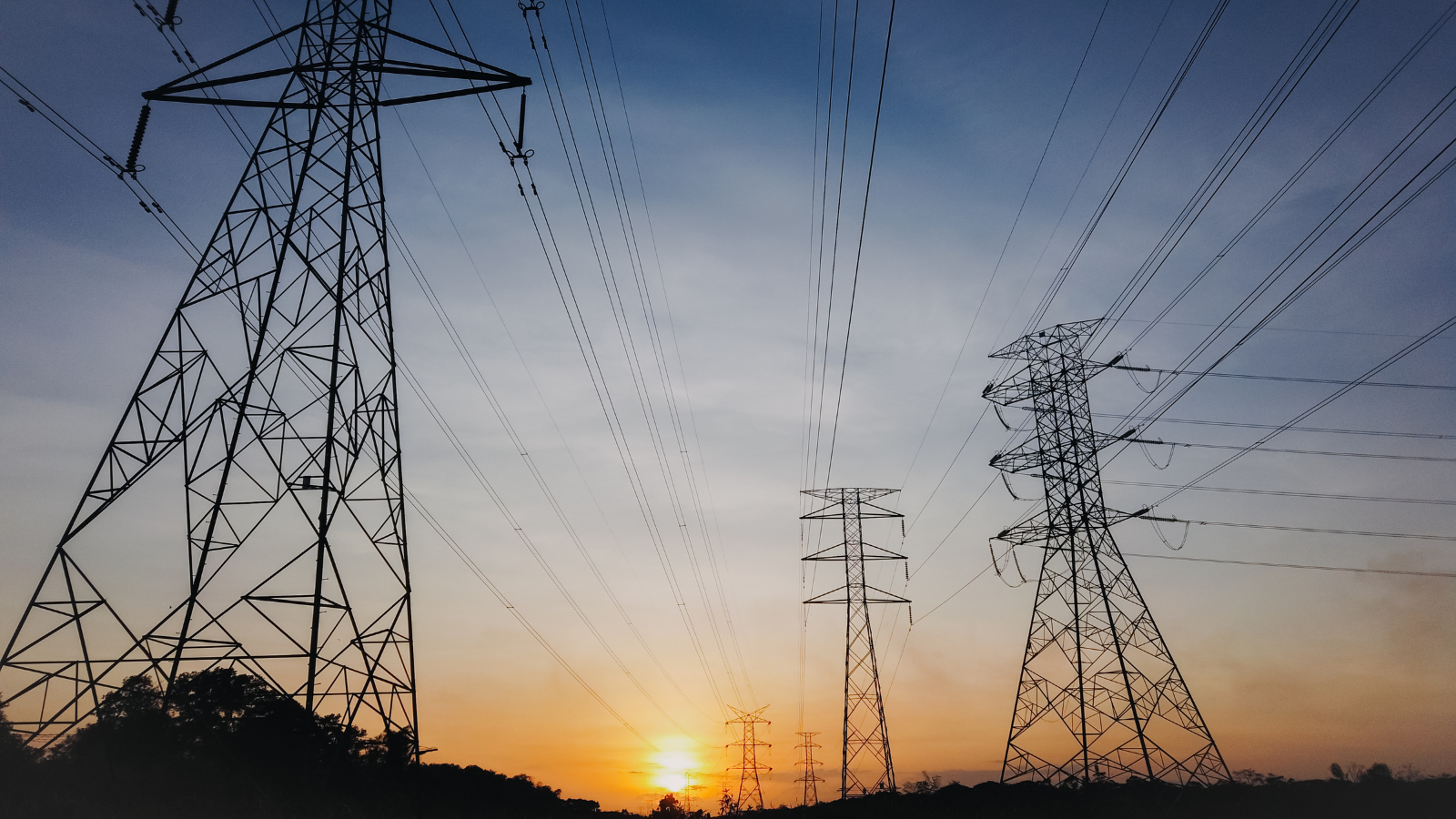
A year ago, a devastating volcano eruption and tsunami damaged Tonga’s undersea communications cable, took down power, and cut off Tonga from the rest of the world. In Pakistan, massive floods during the 2022 monsoon season submerged a third of the country and cut off entire provinces from electricity, gas, and the internet.
In September, a magnitude 7.6 earthquake struck Papua New Guinea, damaging buildings, triggering landslides and destroying power infrastructures. Two months later, in November, a deadly earthquake in West Java, Indonesia, cut off power in the region, hampering communications and coordination of response efforts.
During disasters and emergencies, the internet is a lifeline, providing access to breaking news and other critical information, enabling instant communication, and strengthening rapid early warning systems. But when extensive infrastructure repairs are needed, and equipment like battery packs and power generators are too expensive—as they are for many in low- and middle-income countries—too many people are forced to go without electricity and internet at the time they most need it.
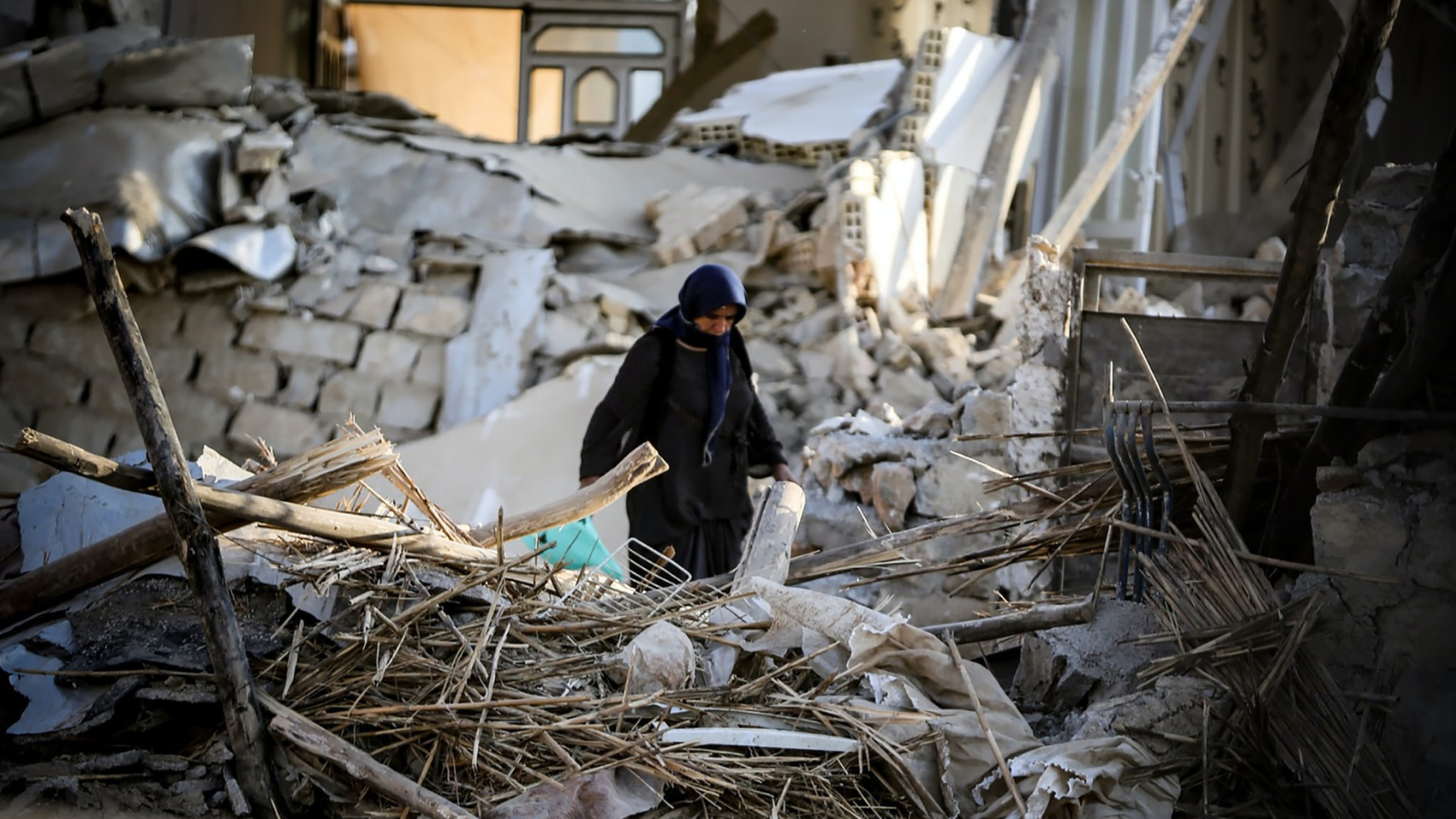
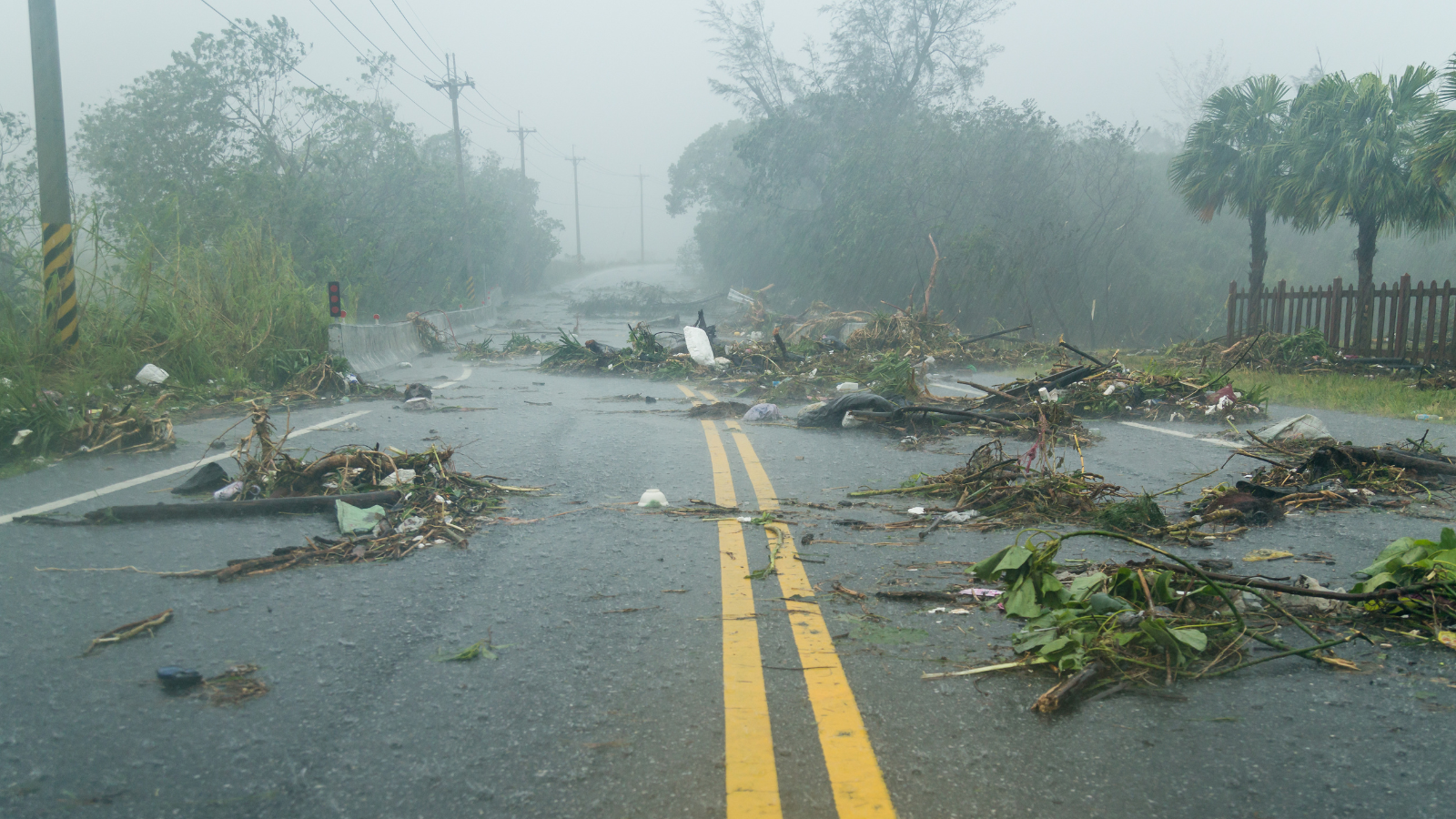
But sometimes, power outages are not related to disasters – an overloaded grid, equipment failure, and technical glitches can also cause them. For example, last October, Bangladesh’s largest cities—Dhaka, Chattogram, and Sylhet—suffered their worst blackout in ten years because the national grid tripped. Then in January, a power surge crashed Pakistan’s grid leaving millions without electricity, internet, and mobile services.
Rural areas face exceptionally high levels of energy poverty, making up the majority of the estimated 70% of households in the Pacific Islands region that lack access to electricity.
Roughly a billion people—13% of the global population—don’t have access to electricity and many more face regular disruptions
In Papua New Guinea, where rugged terrain, extreme weather and political disputes contribute to low levels of electrification, only 13% of the population have reliable access to electricity, and most of them live in the urban centres connected to the grid. Improving electricity supply is a core objective of the country’s Development Strategic Plan, and electrification projects focusing on rural areas aim to provide electricity to 70% of the country by 2030.
Limited power supplies present a massive challenge to internet access growth, particularly in low-income and rural communities. Moreover, the lack of power infrastructure contributes to why millions of people remain offline and excluded from the digital world.
In many parts of the world, particularly in rural and remote areas, access to reliable and affordable electricity is limited or non-existent. This means that people cannot charge and use computers, smartphones, and other devices essential for accessing the internet and other online services.
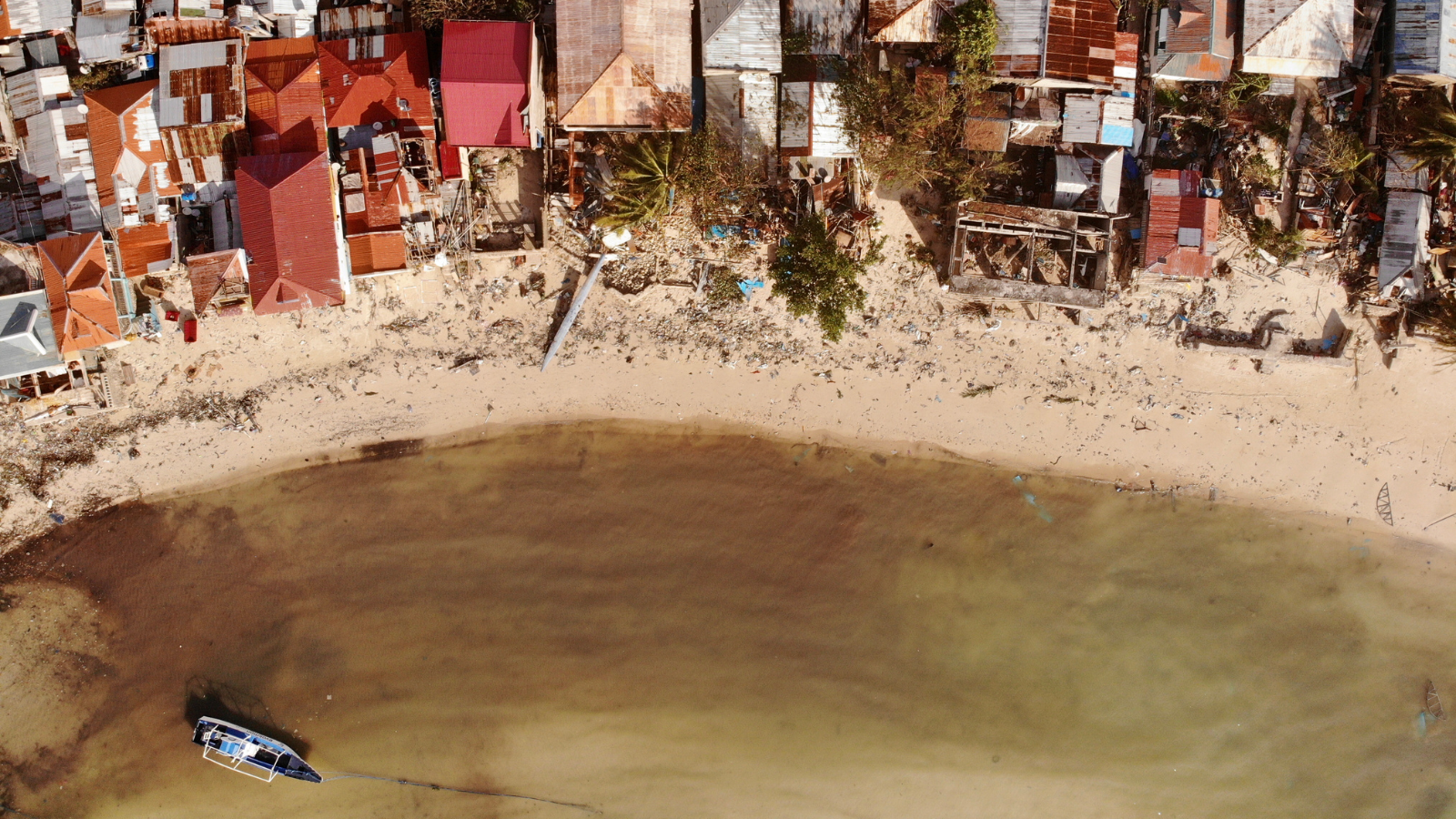
Small Island Developing States (SIDS) face unique challenges. They are often remote and isolated, which makes it difficult and expensive to build and maintain the power grid and energy infrastructure. This can limit access to reliable and affordable electricity and make it challenging to connect to the internet and other online services.
SIDS are also particularly vulnerable to the impacts of climate change, including rising sea levels, more frequent and intense storms, and changing weather patterns. This can damage the power grid and other infrastructure, disrupt the electricity supply, and restrict access to the internet. Five of the 15 countries most at risk from weather-related events are in the Pacific.
We need a dramatic acceleration of electricity provision to reach universal connectivity and meaningful access. Slow progress in the Pacific region, mirrored across Asia and Africa, shows the scale of the challenge.
Too many people are forced to go without electricity and internet at the time they most need it
Our team estimates that an additional US$ 428 billion is needed over the next ten years to connect everyone to a quality broadband connection. The bulk of this investment should be spent across South Asia, East Asia, Sub-Saharan Africa, and the Pacific, where a portion of these funds should be dedicated to electricity supply costs and the development and maintenance of core internet infrastructure.
A paper on “Broadband Connectivity in the Pacific Islands” from the United Nations Economic and Social Commission for Asia and the Pacific (UNESCAP) points to the need to increase power supplies and reduce electricity costs to meet expanding demands for broadband in the Pacific Islands where people face high energy costs.
People living in the Solomon Islands have bills of up to $217 per month, some of the highest electricity costs in the world at $0.99 per kilowatt hour. In its neighbouring Vanuatu, things are not much better at $0.60 per kilowatt hour, with nearly a third having no access to electricity.
Millions of people across Asia and the Pacific region lack access to reliable and sustainable electricity, making the simplest tasks in life a burden and curtailing growth opportunities.
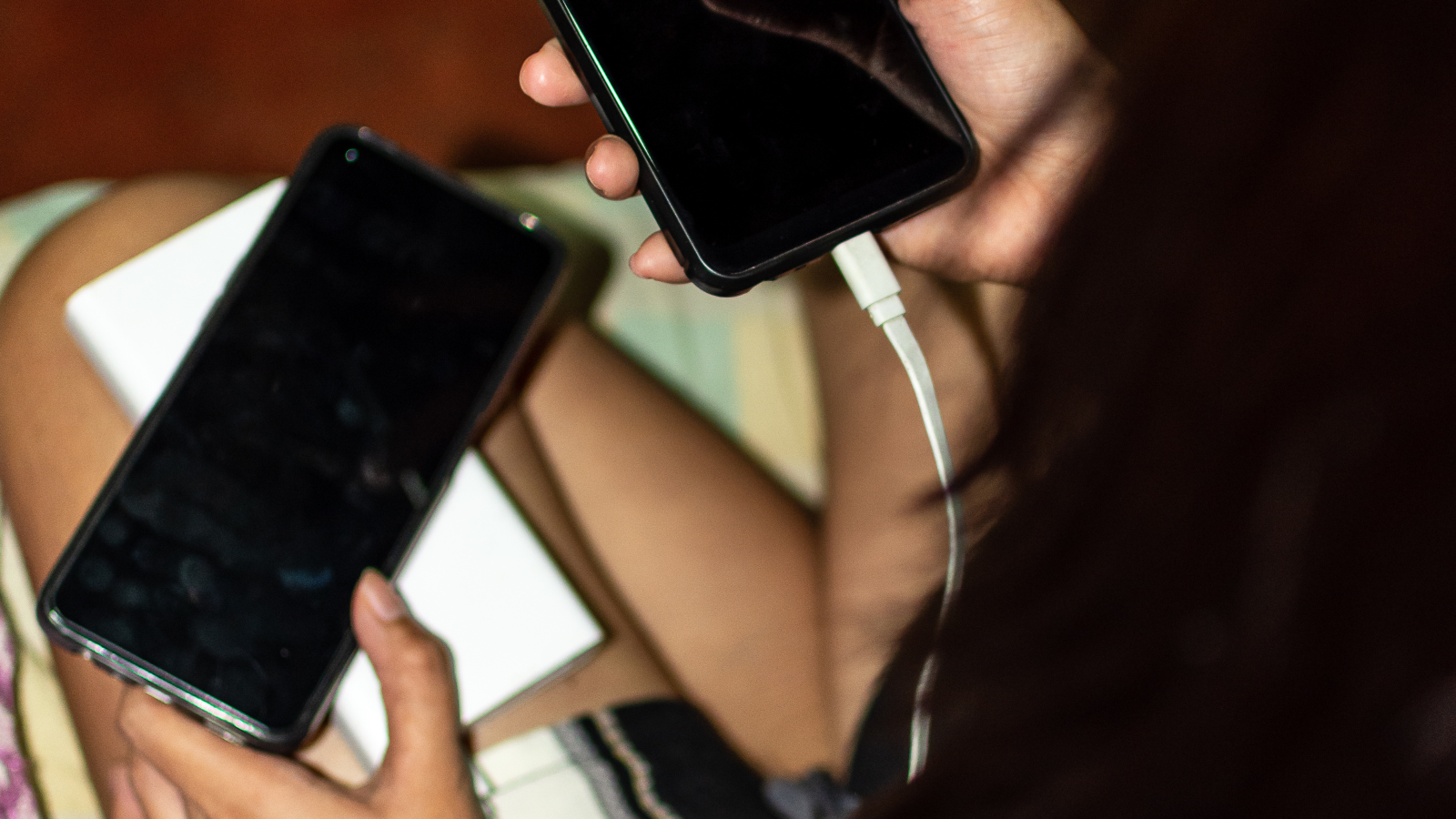
The good news is that the mutual relationship between power and internet access can foster an increased supply of both. Growing demand for internet services can drive investment in electricity infrastructure and allow ICTs to flourish. And by working together, both sectors can help one another achieve access and service quality goals while sharing the costs.
According to the International Energy Agency (IEA), mobile phones are so prevalent in certain countries that cell towers and associated infrastructure facilitate greater access to energy services. Similarly, the World Economic Forum predicts that the demand for electricity to power connected devices and networks will increase as digitalization ramps up and we see the rollout of Internet of Things (IoT) technology.
An additional US$ 428 billion is needed over the next ten years to connect everyone to a quality broadband connection
The relationship between electrification and the demand for ICTs is mutual and interdependent. The need for ICTs can drive electrification, while access to reliable and affordable electricity can help to increase the demand for ICTs. This incentivizes governments and private companies to invest in the power grid and other energy infrastructure.
As access to reliable and affordable electricity improves, more people will be able to use ICTs and the internet, increasing the demand for these technologies. This can drive innovation in the sector and spur the development of new digital technologies and services, and lead to improved economic outcomes.
Such a shift requires a proactive effort to decentralize electricity systems with distributed energy resources. This can allow greater power resilience in disasters and be more environmentally sustainable.
The Pacific region will continue to struggle against disasters that damage infrastructure and challenge communities. This reality will not change. What can and must change is how we prioritize and build infrastructure to support the expansion of resilient electricity and ICT networks.
Strengthening this crucial infrastructure requires good policy and regulatory frameworks, political will from local public leaders, and support from the private sector and civil society. This is why GDIP is planning to undertake research in this area and will continue to bring groups together to develop the policy, technology, and infrastructure needed to ensure everyone has the power to connect to the internet.
An earlier version of this post by Anju Mangal and Nathalia Foditsch was published as an op-ed at Thomson Reuters Foundation News. It has now been updated and expanded ahead of the 5th United Nations Conference on the Least Developed Countries (LDC5) in Doha, Qatar, to highlight the specific needs of least-developed countries—almost half of them landlocked or small island states—due to their remoteness and lack of infrastructure.
About GDIP
The Global Digital Inclusion Partnership is a coalition of public, private, and civil society organizations working to bring internet connectivity to the global majority and ensure everyone is meaningfully connected by 2030. GDIP advances digital opportunities to empower and support people’s lives and agency, leading to inclusive digital societies.